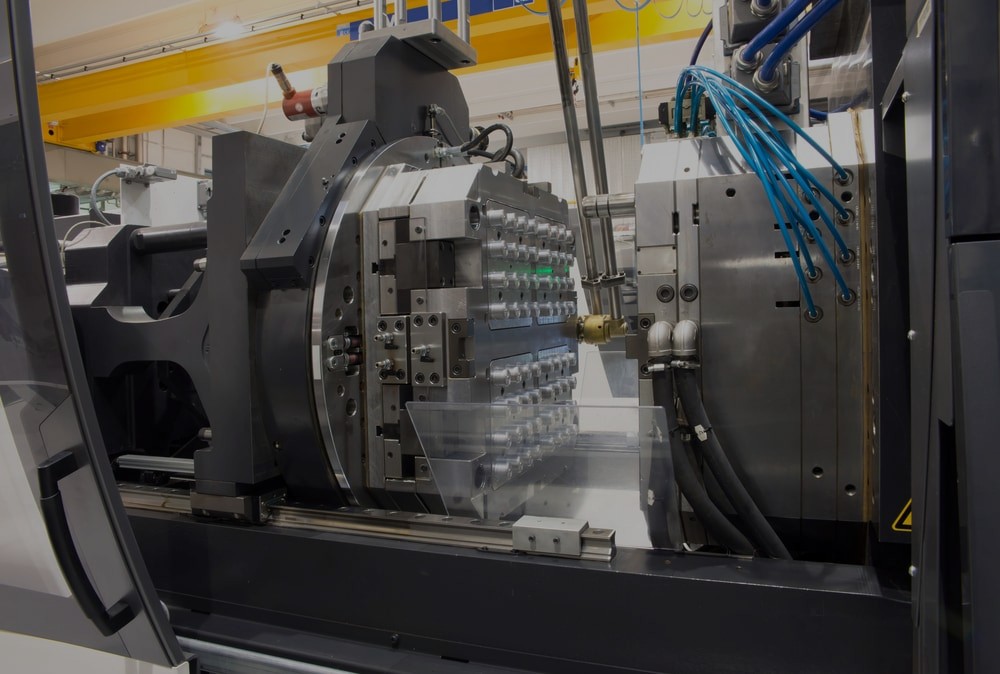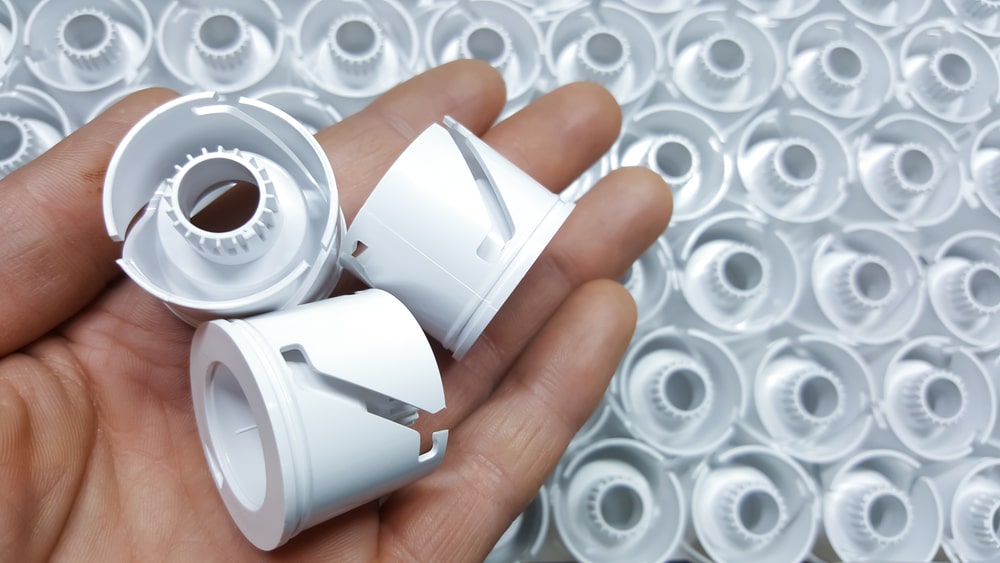

Originally published on fastradius.com on March 23, 2022
Injection molding involves injecting molten plastic into carefully designed molds before cooling and ejecting the final part. It’s a highly repeatable process that enables companies to create high volumes of identical plastic parts with good tolerances at a low cost per part.


Injection molding has numerous applications in a wide variety of industries — from the automotive industry to the medical industry — but it isn’t the best choice for every project. Before you decide whether or not to injection mold your part, carefully consider the injection molding pros and cons.
Many manufacturers turn to injection molding because:
Injection molding allows for large volumes of uniform, complex parts. However, you must pay attention to vent and gate placements, weld lines, corner transitions, wall thickness, rib and boss design, and more to ease ejection and achieve precise parts.
With injection molding, you can easily achieve repeatable part tolerances of ± 0.500 mm (0.020’’). In some cases, you can even produce parts with tolerances of ± 0.125 mm (0.005’’), giving you parts that are accurate enough for most applications and comparable to 3D-printed or CNC machined parts.
Today, there are over 25,000 engineered materials that are compatible with injection molding, including thermoplastics, thermosets, resins, and silicones. With all of these options, you’ll be able to find one that offers the right balance of physical, mechanical, and chemical properties. Commonly used materials include acrylonitrile butadiene styrene (ABS), polyethylene (PE), polystyrene (PS), and polypropylene (PP). You can also use a mixture of materials to produce a part with the strength, impact resistance, or stiffness you need. For example, you might add glass fibers to your thermoplastic to create a strength-enhancing composite.
You also have a variety of options when it comes to colors. Consider using masterbatches, pre-colored resins, liquid colorants, or salt and pepper blends to achieve your desired color.
While it can take several minutes — or even hours — to 3D print or CNC machine a single part, most injection molding cycles only last 10 to 60 seconds. Even if you have a complex geometry that takes around 120 seconds to mold, you can include several smaller parts in one larger mold. This helps maximize efficiency and gets the most out of each mold, allowing you to create hundreds of identical parts an hour at a low cost.
One of the main benefits of plastic injection molding is its high repeatability. Once you’ve created your mold, you can produce thousands of parts before needing to maintain your tooling. An aluminum mold will generally last between 5,000 and 10,000 cycles, and a full-scale steel production mold can last for over 100,000 cycles. Plus, since injection molding uses the same mold for each part, you’ll have identical products.
Though injection molding generates less post-production material waste than many other manufacturing processes, it still creates excess scraps. However, you can easily regrind, melt, and reuse any sprues, runners, or other leftover plastic parts to save on material and reduce material waste.
There are plenty of advantages of plastic injection molding, but it’s not without its drawbacks. Some disadvantages include:
Since custom tooling must be created for each injection molded part, initial start-up costs are high and this isn’t economical for low-volume production runs. Tooling for a simple design and a small production run can cost between $2,000 and $5,000, but tooling for large, complex molds ready for full-scale production can cost several times that. Although you can reuse these molds again and again and save on tooling costs down the line, it’s worth considering how much molds cost upfront. An injection molding manufacturing partner can help you maximize your budget and refine your mold design so you can produce the best possible part for the best price.
A CNC machined part can be delivered within 5-10 days, and industrially 3D printed parts often have lead times of 3-5 days. However, injection molding has a longer lead time. It often takes 5-7 weeks to manufacture tooling and 2-4 weeks to produce and ship parts.
In part, this long lead time can be attributed to the complexity of the molds themselves. In addition to containing the negative of the part, these molds have complex runner and water cooling systems to facilitate material flow and faster cooling. It can take months of design and testing before the final mold is ready for production, and any design changes can further increase turnaround times.
With the help of a manufacturing partner’s expertise, you can avoid falling into common mold pitfalls that might set you back weeks and thousands of dollars. They can also help accelerate the design, testing, and production phases.
With 3D printing, you can simply upload a file and print a new part whenever you make a design change, but that’s not the case with injection molding. If you make a design change, you’ll likely need to create a new mold from scratch, which means pouring more time and money into your project.
To avoid costly design changes and ease the demolding process, avoid undercuts and sharp edges, ensure wall thicknesses are uniform, and add draft angles. If you need some guidance, an experienced manufacturing partner can offer expert design advice.
Between its efficiency and high repeatability, injection molding has plenty to offer. However, it’s all too easy to make an expensive mistake that sets production back weeks. That’s where a trusted manufacturing partner can help.
When you work with SyBridge, our team of experts can guide you through the entire production process and answer any questions you have about injection molding’s advantages and disadvantages. Ready to get started? Contact us today.
Forget typical cycle times. We're pushing the boundaries of conformal cooling. While traditional approaches deliver…
Forget typical cycle times. We're pushing the boundaries of conformal cooling. While traditional approaches deliver…
From left to right: Brayden Janak (apprentice); Logan Vifaquain (CNC machining, Programming and CMM); Ron…
SyBridge Technologies is proud to announce we have been awarded the 2023 General Motors Supplier…
Today, designers and engineers are accustomed to working with digital tools in their day-to-day jobs.…
Optimizing Your Injection Molding Process for Cost-Effective Manufacturing Excellence In today’s competitive landscape, manufacturers are…